7 Ways to Help “Screen” Addiction
Posted on September 30, 2016 by Debra Burdick
Last month I wrote about how to tell if your child or teen is addicted to “screens”. You can read that blog post here.
So what can you do if you think your child or teen is addicted?  Here are seven important steps to take to help them prevent and reduce screen addiction.
Here are seven important steps to take to help them prevent and reduce screen addiction.
1. Prevention. The first step in eliminating screen addiction is to prevent it from happening in the first place. The American Pediatrics Academy suggests that children younger than 2 should not be exposed to any electronic media because “a child’s brain develops rapidly during these first years, and young children learn best by interacting with people, not screens.” The Academy recommends that older children and teens should spend no more than one or two hours a day using screens and should spend more time playing outdoors, reading, doing hobbies and “using their imaginations in free play.” Introduce kids and teens to crafts, activities and hobbies. Talk with them. Play with them or do something one-on-one with your teen.
2. Explain Your Concerns. Ask your kids if they know anyone who uses their phone or tablet a lot. Explore whether they think this person might be addicted to screens. Using language they will understand share the brain research on excessive screen use that shows unhelpful structural changes in the brain as well as negative impact on cognitive function and social skills. Tell them about what happens when the brain gets addicted to something. Explain how you see their use impacting their life. Encourage them to think about how often they use screens. Ask them how they think they could limit their use and what they could be doing instead. Give teens a voice in the decisions about their use to help them take ownership of the plan.
3. Limit Use. As a parent, we have to set healthy limits for our children and limiting screen use is essential to prevent addiction and to reduce unhelpful consequences of use. Ask them about when they like to use, and explore what they enjoy about it. Ask for their input about how they can reduce their use so it doesn’t interfere with other areas of their life. Set daily time use limits. Make sure they complete chores and schoolwork, and get some physical exercise and some social interaction before they are allowed to use their screens.
4. Prohibit Use. If your child or teen is seriously addicted to screens you may have to prohibit recreational use completely for several weeks (or more) to help them break the addiction. When you do this they will usually get angry and act out as they withdraw from using. Stand firm. Their behavior and anger will improve as the addiction eases. This process can be difficult as they need to use screens for school which may reinforce their addiction. Help them find other things to fill the time they were spending using screens.
5. Redirect. Encourage your kids to do something besides use their screens.  Ask them what they enjoy doing or what they might like to try for the first time. Make suggestions for playing with Legos or dolls or learning to play a musical instrument or to dance or do rock wall climbing or to play ball or ride bikes with a friend. You know – all the things we used to do before technology took over. Perhaps they can practice mindfulness skills instead by listening to this Mindfulness Toolkit for Kids mp3.
Ask them what they enjoy doing or what they might like to try for the first time. Make suggestions for playing with Legos or dolls or learning to play a musical instrument or to dance or do rock wall climbing or to play ball or ride bikes with a friend. You know – all the things we used to do before technology took over. Perhaps they can practice mindfulness skills instead by listening to this Mindfulness Toolkit for Kids mp3.
6. Social Connection. Set up play dates for your younger kids on a regular basis and ban electronics during that time. Put down your smartphone and make eye contact and have a conversation about what happened today. Ask your kids and teens to help with dinner and talk about things that are important to them while you cook. Encourage teens to talk instead of text and invite friends over instead of solely connecting via technology.
7. Be Mindful of Your Own Use. You are a role model for your kids so they will do what you do. If you are always using a screen of some sort, then they will consider that normal. Pay attention to how often you use your phone, tablet, computer, gaming console or TV – especially when your kids are present. Limiting your own use will set the stage for being more available to your kids and for setting a positive example for them.
Photo credit: Game Console
http://all-free-download.com/free-vector/download/black-handy-game-vector-illustration_6824322.html
I would love to hear your personal experiences with this topic.



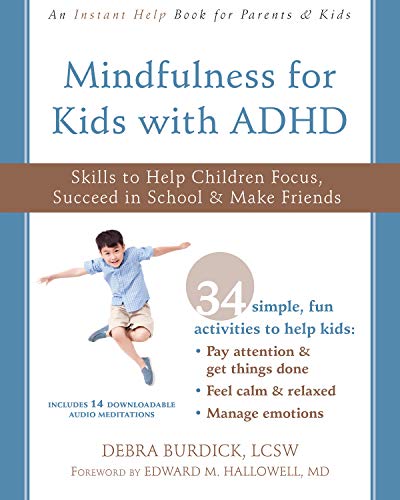
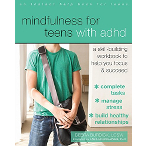
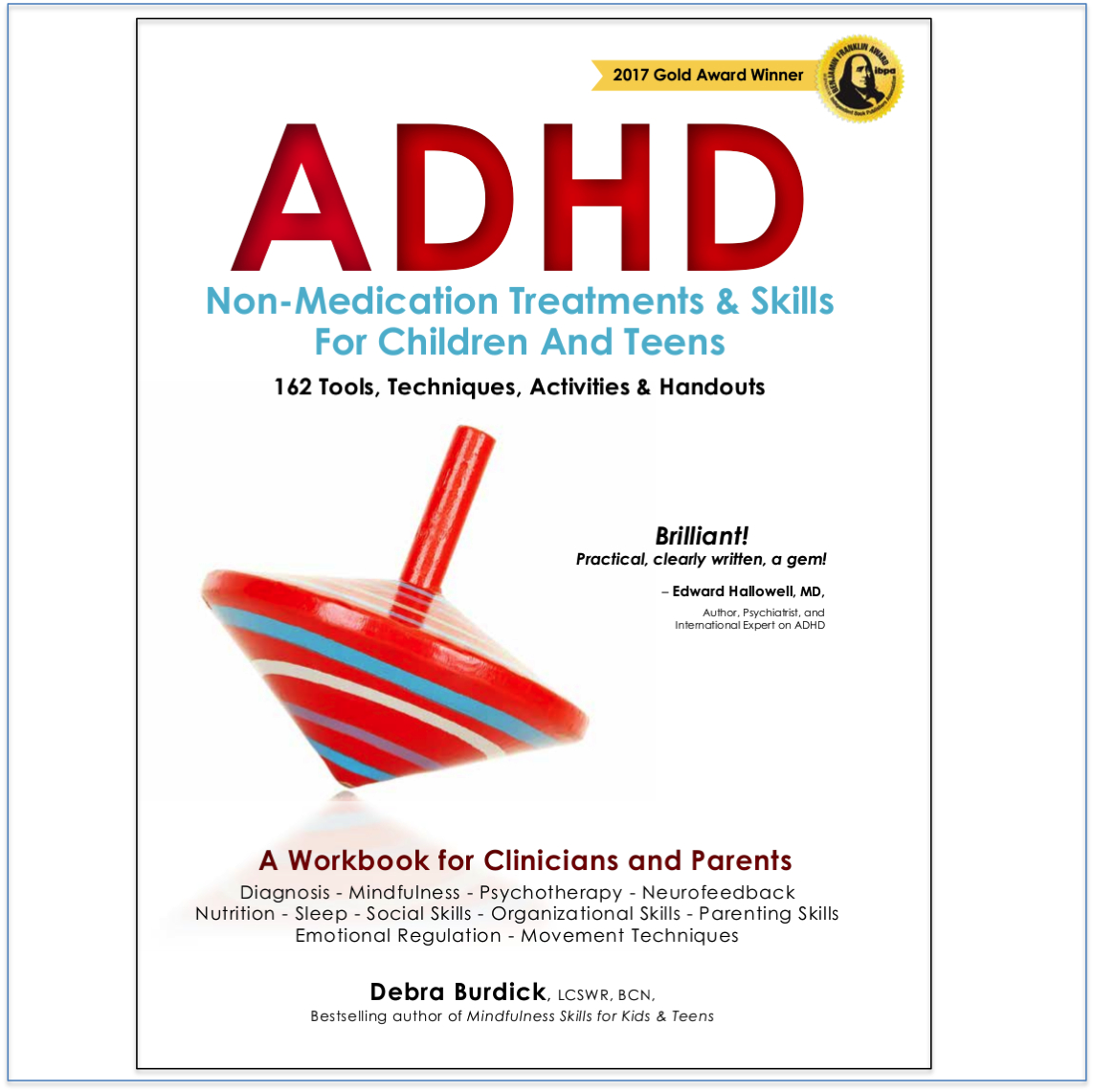

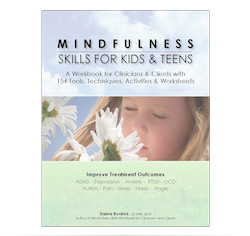
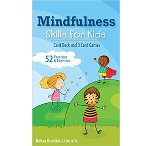
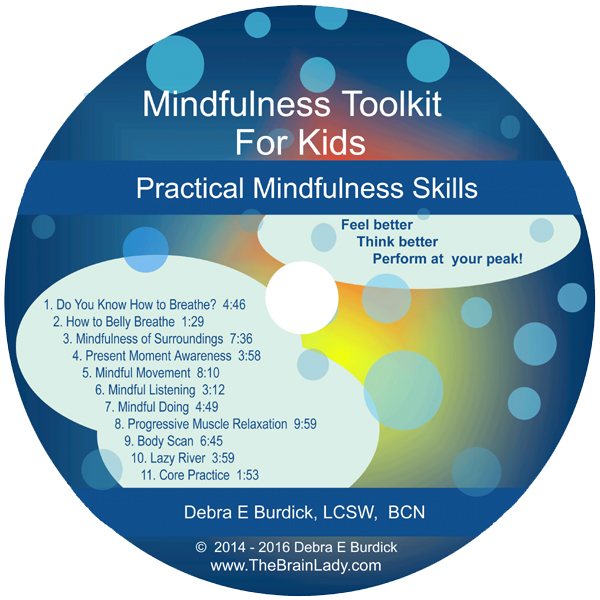
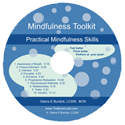
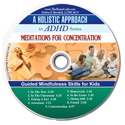


2 comments
My daughter is in 8th grade in the Seattle area. She is having eyesight/strain issues from all the screen time they now do in school! All the books are on line now. We have resorted to playing the audio read for the textbooks at home when she has to use them for homework. Pretty sure it is more than 2 hours!
Luckily, she is reducing her home-screen time because of this (of her own volition!).
Hi Susan,
Yes, kids are expected to use screens at school and for homework which makes it difficult to keep their use to a reasonable amount. Some become addicted to the constant rewards of the computer games and to social media, shows and movies.
Eye strain is a common result of using screens so much. It sounds like your daughter is self regulating her use well.
Warmly,
Deb
The comments are closed.